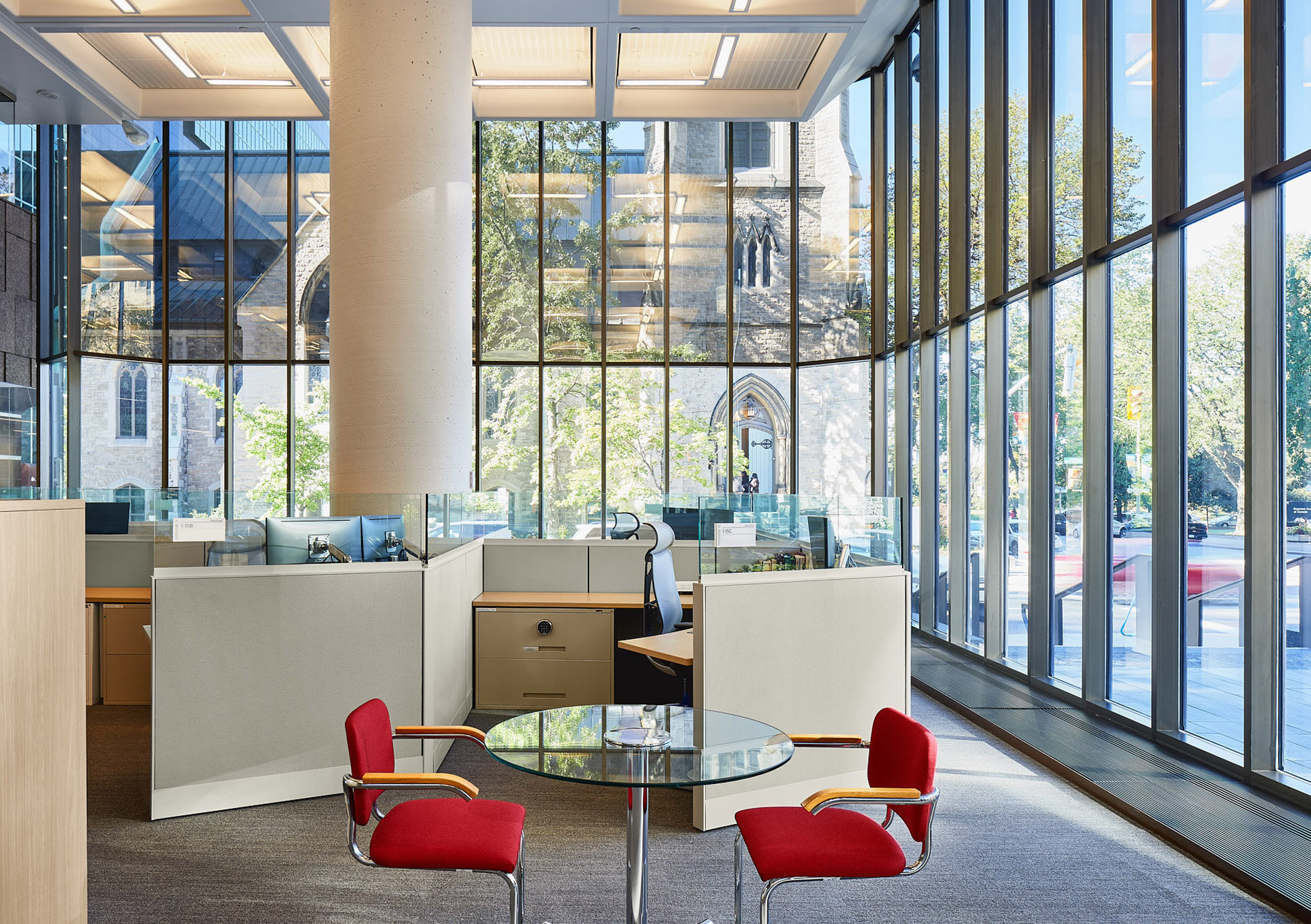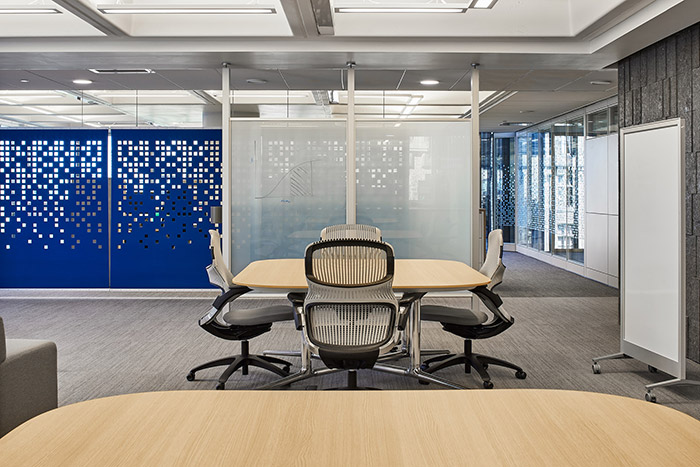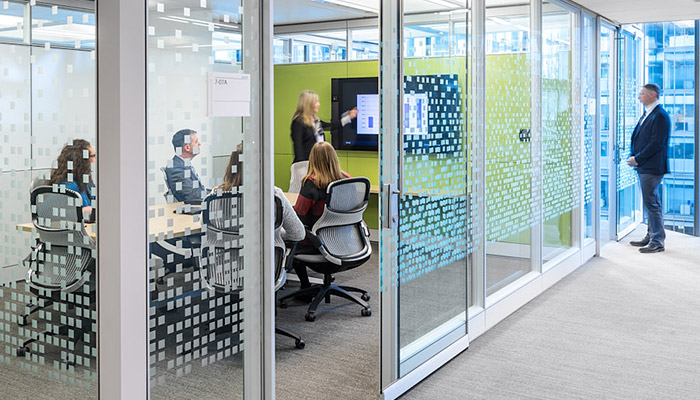boc_2

Bank of Canada
With a mission to preserve the architectural integrity and heritage of their current office buildings – 234 Wellington Street built in 1938 and Arthur Erickson’s towers and atrium added in the 1970s – Bank of Canada looked to Knoll after deciding to modernize the interior of Erickson’s glass towers.
Located in the heart of Ontario’s capital, Bank of Canada traces its heritage back to 1938, when the Bank’s head office was first built on 234 Wellington Street. Employing the traditional architectural style for banks around the time of the Depression, 234 Wellington conveyed solidity and rigidity with its granite construction. In the 1970's, an atrium and two modern glass towers designed by Arthur Erickson were added to complement and encircle Bank of Canada’s original office. Today, Bank of Canada is recognized for its unique architectural elements, balancing modern and classical styles, with a mixture of granite, steel, glass and concrete.
Recognizing the need to bring the interior of Erickson’s towers up to speed with the contemporary pace of work, Bank of Canada teamed up with architecture and design firm, Perkins + Will, and Knoll Dealer, Burovision Ottawa. Knoll has an understanding of how to honor and surface a rich heritage. The history and passion of Knoll paralleled the Bank's vision of how they wanted the new interior to look and feel - a perfect blend of new and old with a lasting aesthetic.

Eager to bridge the gap between the past and the present, Bank of Canada had an inventory of fifteen-hundred Cesca chairs which they wanted to keep to reflect Erickson’s original interior. Burovision refurbished the iconic pieces with KnollTextiles and incorporated them into the renovation across multiple floors and breakout spaces.
While the façade of Erickson’s towers proudly convey the principles of Modern design, the interiors posed more challenges as technology continued to evolve and new workstyles became more prevalent. As a result, Bank of Canada identified two additional project drivers: improve workplace efficiency and integrate contemporary banking technologies. To meet these goals, the team pulled all enclosed spaces – conference rooms and private offices – to the core of the floor plan, opening up the rest of the space for flexible benching and a variety of breakout and refuge spaces. In addition, Bank of Canada specified fewer overall private offices, allotting more square footage to communal areas.
To further promote a sharing of ideas, Bank of Canada specified workstations with low panels and frameless glass. This detail offers users enough privacy for heads down work while also allowing natural light to enter one’s space. Maximizing employee well-being, the team also installed Reff Profiles™ and Tone sit-to-stand work stations.

To delineate the perimeter space and provide more power throughout the office, Perkins + Will and Burovision recommended Interpole™ by Antenna Design. Interpole adapts easily to group work and provides easy access to power for those constantly on the go. With nearly fifteen hundred employees, these hotspots of collaboration and power make for a more efficient work environment. In addition, the team specified Dividends Horizon® and Antenna Workspaces® workstations. The versatility of Dividends Horizon allowed for easy cable and power management while Antenna Workspaces provided more collaborative worksurfaces. Having both options allows users to work in an environment that does not get in the way of the actual work.
For Bank of Canada, their heritage was just as important as being forward-thinking and adaptable to today's climate. Together, Perkins + Will and Burovision provided a solution that enhances the Bank's productivity and culture while remaining true to Arthur Erickson's original vision.
